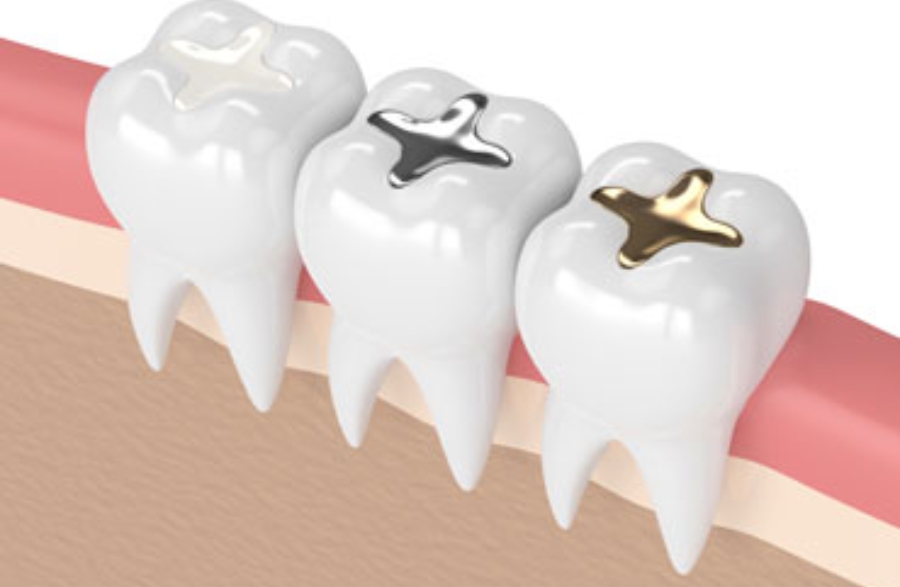
Losing teeth to decay or damage can be life-altering. It can shake your world, and your view of yourself, lower your confidence, and make you shy away from opportunities.
The best way to stop the loss of teeth is to opt for dental fillings.
Dental fillings fall under the category of restorative dentistry. Whether you’re struggling with oral cavities or damaged teeth, fillings restore your teeth’ strength and help your mouth function just as fine.
But one question that lingers behind everyone’s mind is how long dental fillings last. Let’s be clear on one thing – fillings don’t last forever. You’ve to shift to new fillings at some point of time. But most wonder ‘When?’.
If you’re also wondering the same question, stick to this blog. Here we’ll uncover how long dental fillings last and can help you make informed decisions for your dental health.
How Many Types of Dental Fillings Are There?
The longevity of oral fillings depends on the materials they’re made of. The most common types include:
- Amalgam Fillings: One of the most durable dental fillings, amalgam fillings can last up to 15 years.
- Composite Fillings: Do you want fillings that blend into your natural teeth? Then these tooth-colored fillings are what you need. They can last around 5 to 10 years.
- Ceramic Fillings: Made of porcelain, these durable fillings can last between 10 to 15 years.
- Gold Fillings: Gold is highly durable and can stand the test of time. These costly fillings can stay with you for 20 years or more.
What Are the Factors that Affect the Longevity of Fillings?
The answer to how long dental fillings last is not so straightforward. You must consider aspects such as:
- Type of Filling Material: Each filling material comes with a different level of strength and durability. So you cannot expect them to wear at the same rate.
- Location in the Mouth: If you place fillings in the back or molar teeth, they might experience more pressure from chewing. It can make them fragile and lead to the need for quick restoration.
- Oral Hygiene: Your brushing and flossing routine decide how well you prevent tooth decay and maintain the filling.
- Grinding and Clenching: If you grind or clench your teeth, your fillings may wear out faster.
- Diet: Sugary foods, hard foods, or acidic drinks play a role in weakening the fillings.
Signs It’s Time for a New Filling
Dental fillings don’t last forever. How to tell that you need new fillings? Look out for these signs:
- Tooth Sensitivity: If your teeth feel sensitive to hot, cold, or sweet foods, your fillings may have lost their functionality.
- Cracks or Chips: A cracked or chipped filling may need replacement to prevent further teeth damage.
- Visible Decay: If you can spot decay around the fillings, it might be time to replace them with new ones.
- Loose Fillings: If a filling feels loose or falls out, schedule an appointment with a dentist for a replacement.
As we’re at the end of this discussion, it’s best to talk to your dentist if you still wonder how long your dental fillings will last or if they need replacement.
